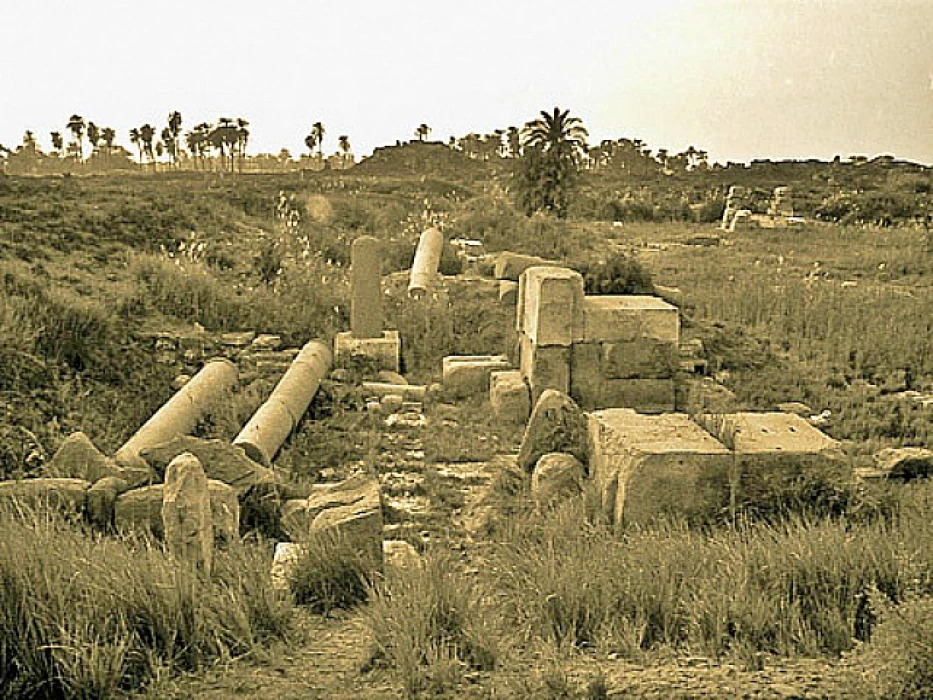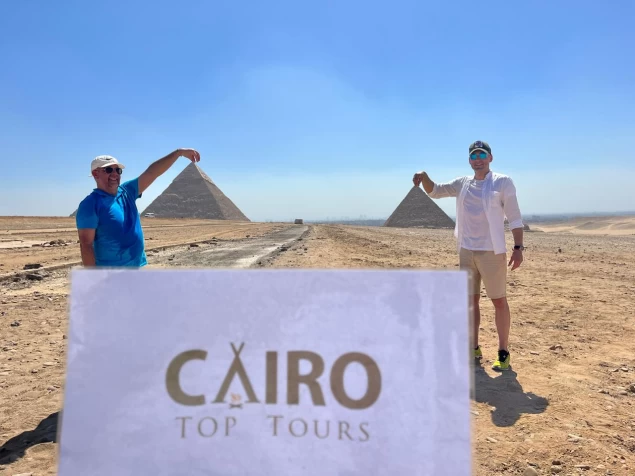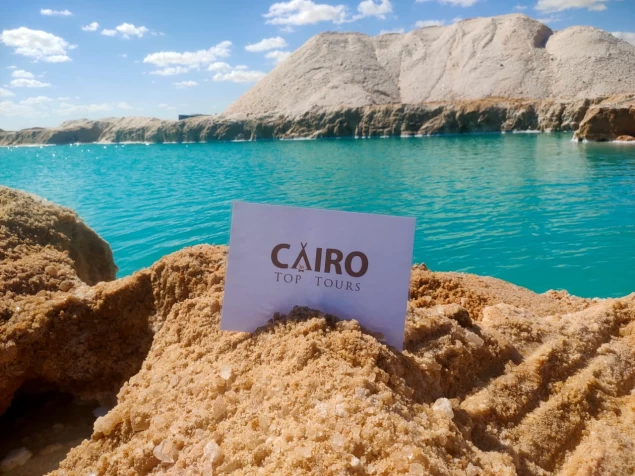
Hermopolis (El-Ashmunein)
Al Ashmunein
It is the significance of the myth in Hermopolis.
Hermopolis was known as the seat of Thoth, the god of wisdom, writing, and magic. For ancient Egyptians, Thoth became a divine scribe who recorded the actions of gods and men and hence made Hermopolis a sacred city in the form of study and intellectual pursuit. Mythology even holds that it was here the Ogdoad, or eight primordial deities, played their essential part in the creation of the world, grouping such elements of disorder and order from which creation was said to have arisen from the waters.
History and Architectural Wonders
Much has disappeared over time from Hermopolis, but what remains gives a strong sense of that former grandeur. Principal among its structures stands the Temple of Thoth, which was a magnificent homage to the god of wisdom; today, its ruins mostly tell of the colossal statues and hieroglyphic inscriptions that echo the truths of ancient worship.
is located on the west bank of the Nile, northwest of Mallawi at Minya. Named ḫmnw, which means ‘town of eight’
It is linked to the beginning of the creation of the primeval mound into being. Al Ashmunein was the capital of the old kingdom and developed into a major city during the Roman period, and it was an early Christian center from the third century.
Near modern el-Ashmuneina town, known as Khmunw in Pharaonic times. It is important as a cult center of Thoth, the god of wisdom, healing, and writing. In the Graeco-Roman Period, the city was the capital of the 15th Upper Egyptian. The Roman contact with the god Hermes and god Thoth is shown in a baboon’s shape. Temple of Thoth: the great pylon built by Horemheb in the 18th Dynasty and Rameses II in the 19th Dynasty.
The structure enclosed the temple surrounded by a huge mudbrick wall, 15 m deep. The Gateway is on the southern side of the temple enclosure. A structure in front of the Ramesside pylon contained obelisks, royal statues, stelae, and sphinxes of Nectanebo. Alexander the Great added a construction by two rows of six limestone columns and much colorful decoration. Now it has 6 columns.
Southwest of the Temple of Thoth are the remains of an east-facing limestone sanctuary of Amun. Southeast of the Amun temple, there are remains of a monumental gateway dating to the late Middle Kingdom reign of Amenemhet II, maybe an entrance to the Temple of Thoth. On the western side of the site, there are well-constructed mudbrick houses dating to the Third Intermediate Period.














